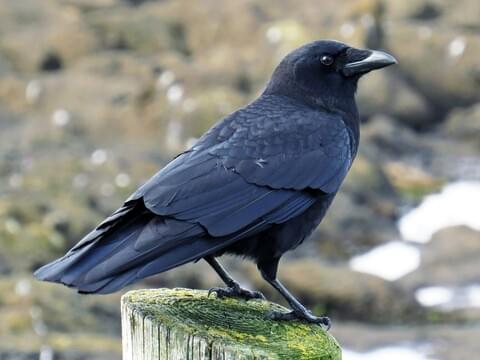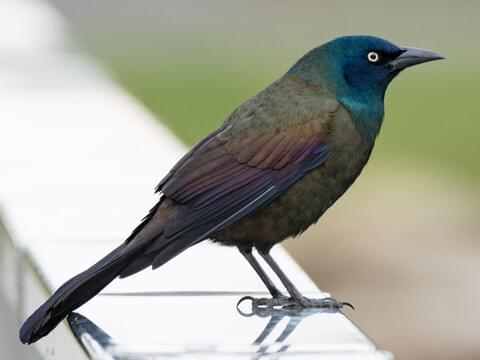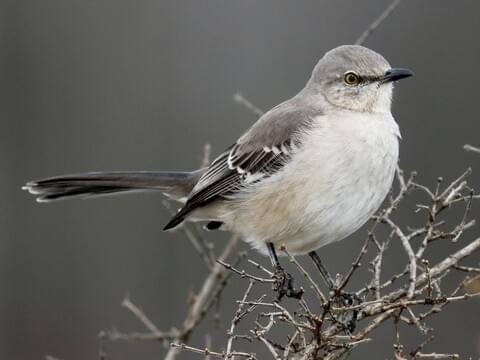Cucumber pests - Ask Extension
What could be eating parts of my very young (under 2 inches in length) cucumber fruits? It is is not the whole little cucumber. It is about half to 3/...
Knowledgebase
Cucumber pests #701037
Asked July 15, 2020, 11:25 AM EDT
What could be eating parts of my very young (under 2 inches in length) cucumber fruits? It is is not the whole little cucumber. It is about half to 3/4 of the single vegetable. The plants are trellised and appear healthy. The effected veggie is 2 to 3 feet off the ground. The leaves do not show signs of insect damage or slug trails. There isn't signs of fungus or mildew on the plants either. I have sprinkled hot pepper flakes and chili powder around the plants to discourage rabbits, chipmunks & mice. And I have not see any deer tracks (but that doesn't mean they aren't around). What can I use to discourage the rodents it appears to be (I guess the pepper flakes may not have worked)? Or is it something else like ants?
Henrico County Virginia
Expert Response
Without some form of physical evidence that would help narrow the possibilities, the list of potential culprits could be long and ill-informed broad-scale or generic remedies may not be effective or legal. Can you capture a close-up picture of the damaged fruits? If the soil in your garden allows, you also might try to loosen or make it soft to allow for capture of footprints, which then could be identified. If the affected fruits are indeed 2-3 feet above the ground, that would limit some of the possible culprits by putting it out of reach. However, smaller critters make make use of the trellis itself to climb up and access the fruits. Have you considered installing fencing to eliminate access to the fruits of your labor?
Without additional information, I would only be able to make a wild guess.
After a couple days and trying some foil pan deterrents, I found some more damage. I will attach a picture.
Thanks.
Thank you for sending the photo ... it was helpful, but many questions still remain. I've discussed the situation with our entomology specialist and, because the symptoms don't match anything resembling typical insect feeding, we have ruled out insect-related pests. So, what's next? When examining the image closely, it appears that the small cucumber in this photo actually was snapped off or broken away rather than chewed or gnawed ... I can't identify anything that resembles the indentations one would expect to see from incisor teeth, which suggests to me something grabbed the fruit and pulled or twisted it to break off a section. Given that this fruit is located well above the ground, that would suggest either a climbing mammal or a bird. As I had mentioned in my previous response, the only ones that come to mind among mammals would be chipmunks or squirrels, but I have never witnessed either showing interest in cucumbers and I would expect to see incisor marks with both of those species. I have observed Norway rats eating garden fruits and they too are efficient climbers, so they could be a possibility if there has been evidence of their presence in the vicinity. All said, however, I'm beginning to wonder if this might not be the work of Common Grackles or American Crows, both of which have been associated with physical damage of tree fruits and breakage of growth points on crop vegetation. Have you observed any unusual presence of birds in the garden and specifically on the trellis system?
Unfortunately, there really are no repellent products registered that would be safe for use on a consumable item (i.e., applied directly on a fruit or vegetable) - - most all repellents are registered for use during dormant or off-season application, as a soil treatment, or for foliar application only. You mentioned use of tin pans as a deterrent, which sounded not to have provided much effect on reducing loss. Visual deterrents typically have a very short and temporary effect, if any, as animals learn that these devices pose no true threat to them and thus they soon are ignored; I'm not sure trying another type of visual device will provide anything different. About the only thing that may provide some relief might be to temporarily drape the trellis with polyethylene bird netting suspended out away from the leaves and fruits. I'm afraid that if the material was draped directly on top of the plants, the weight of the birds or climbers would be sufficient to press down and allow access to the fruits; also, as the vines continue to grow, entanglement through the netting could become a nightmare.
Unfortunately, I don't have much else to offer based on what evidence we have before us. If you have access to a trail camera that could be set up in the garden, maybe that would catch the culprit in action and identification then would be definitive.
There have been quite a few crows around. I feel like I have noticed more this year, but maybe that is my observational bias. I have definitely noticed more of the black/grey birds that could be Grackles. I've just though they were small black birds or some type of mockingbird. There is also plenty of bird evidence n the garden this year in tomato cages and vegetable trellises. And incidentally lots of cardinals for the early summer. I noticed one of the little black/grey birds this morning when I was checking/picking cucumbers. And also found a larger example of the same damage on a more mature cucumber (picture included). This was at eye level on the vine, so almost 6 feet off the ground.
The new image clearly shows where the lower portion of the growing fruit has been yanked away, leaving a ragged flap of its outer skin hanging. This, to me, suggests bird activity rather than mammalian involvement, especially given where you said this newest case was found (~6' off ground).
To help you identify potential culprits, I'm providing 3 images of the birds mentioned so far in conversation to avoid confusion or mixing up which one might be involved: crow, grackle, and mockingbird.



Of these 3, I'd lean more toward the first 2; although mockingbirds are well known for their feeding on small fruit (cherries, blueberries, raspberries, etc.), seeing them show interest in a cucumber would be odd. I'd be quite surprised to hear of a cardinal doing this type of damage, also.
Thank you for all you help in this. It does appear that it is bird activity. I don't have video proof, but as the garden has matured and the crow activity has lessened, for whatever reason, I have seen much less of the damage (now watch the plants get overrun tonight...). I am just glad that I was not dealing with another case of worms in the cucumbers like I had last year. They were a nightmare and I lost well over half my pickling crop to them.
Just as an "FYI", I'm not sure if the other smaller grey bird has been young grackles or the catbirds (I finally pulled out my old bird guides) that are around here too. Again, thanks for the assistance.

